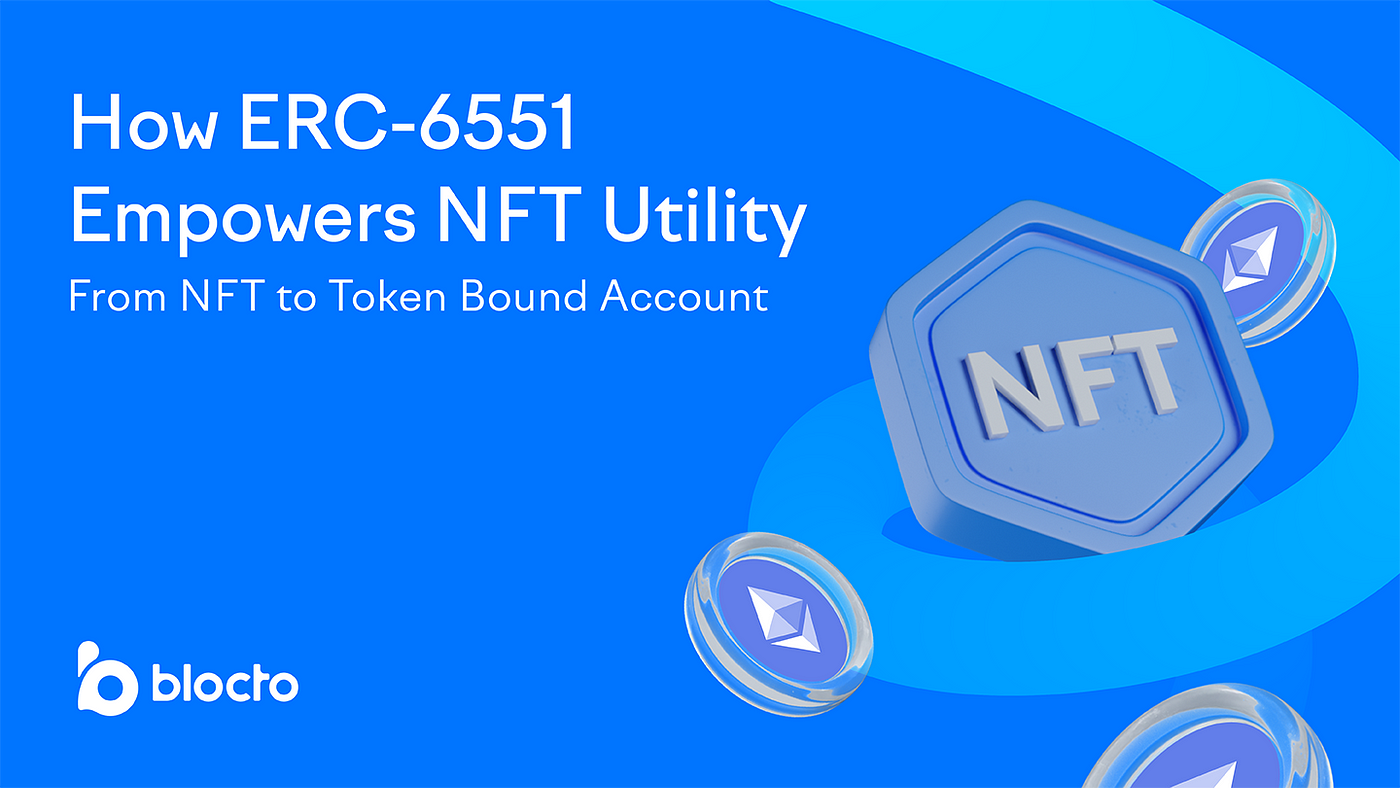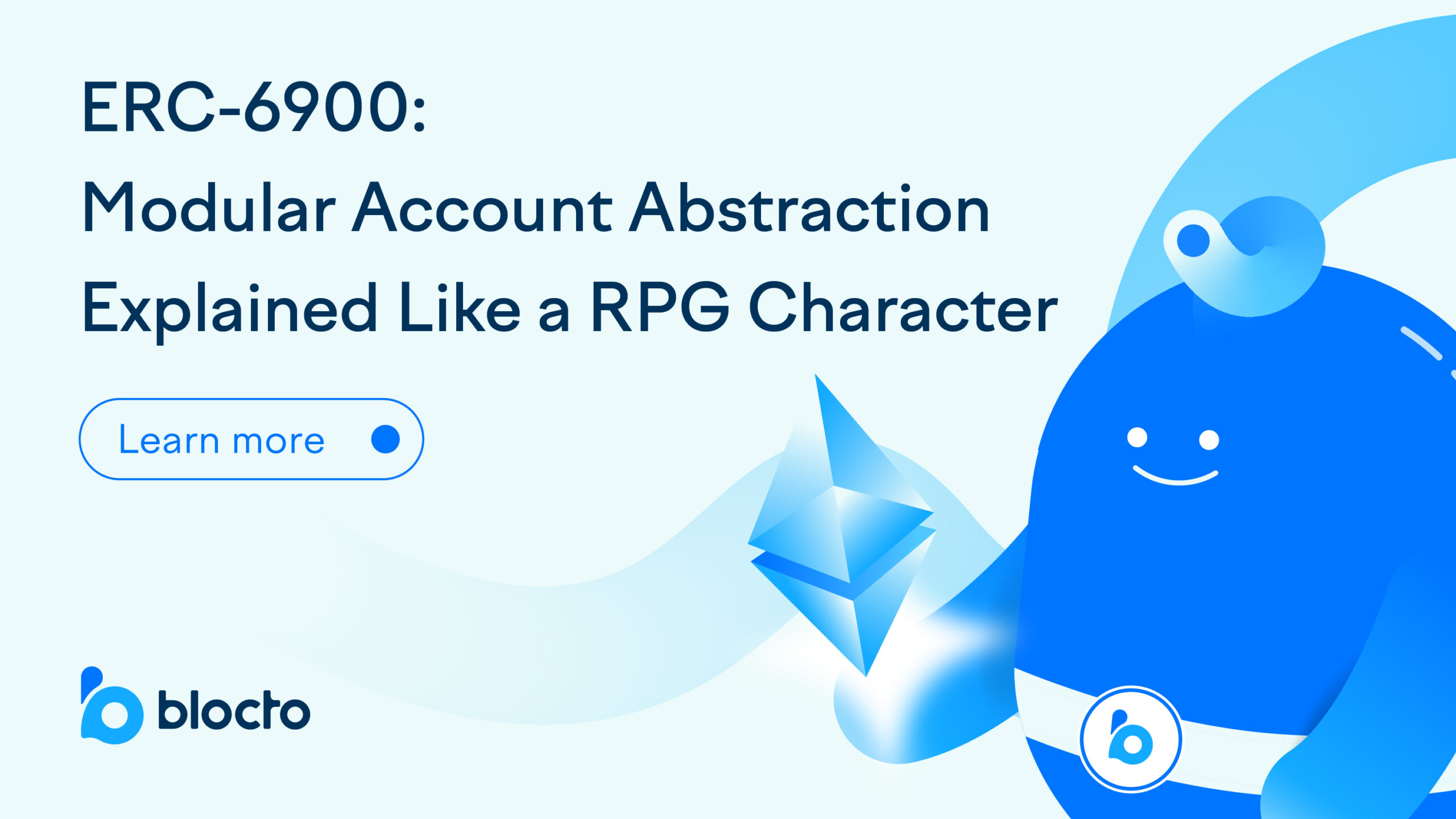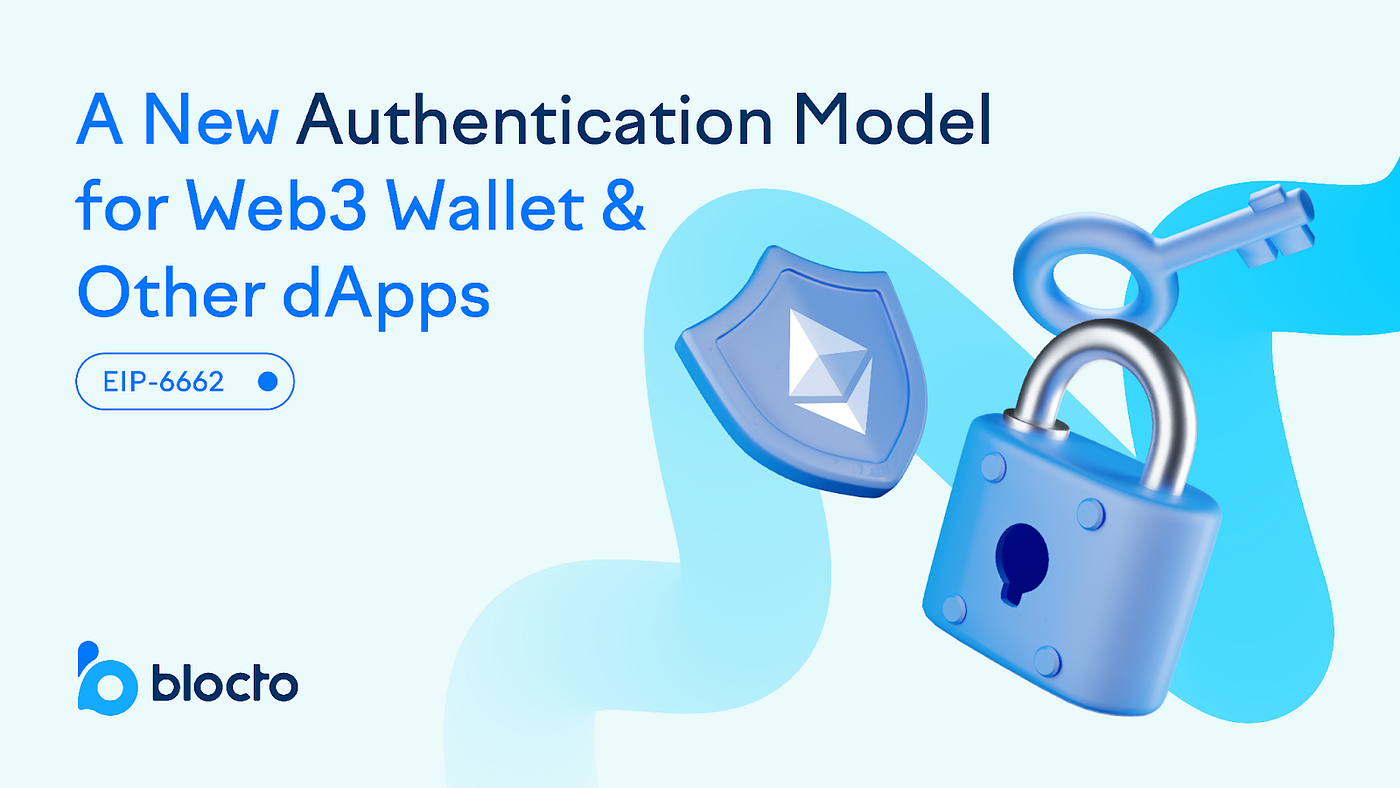
Find out why ERC-6551 is a game-changer for NFT utility!
Remember NFTs? The bear market may have made you forget about non-fungible tokens (NFTs), but the potential of NFT utility is just getting started. In the rapidly evolving world of blockchain and decentralized applications, NFTs have emerged as a powerful and transformative force. These unique digital assets have captured the imagination of creators, collectors, and investors alike, offering new ways to represent ownership and value on the blockchain.
However, traditional NFTs, governed by the ERC-721 standard, have faced limitations in their utility, hindering their potential to interact with smart contracts and own assets. Enter ERC-6551, a groundbreaking token standard that introduces “Token Bound Accounts” (TBA), revolutionizing NFT utility like never before. In this article, we will delve into the world of ERC-6551 and explore how it empowers NFTs, transforming them into dynamic and versatile smart contract accounts that open up endless possibilities for developers and users alike.
From NFTs to Token Bound Accounts, let’s learn how ERC-6551 unleashes the true potential of NFT utility!
Understanding ERC-6551 & Token Bound Accounts
ERC-6551 is inspired by the increasing adoption of NFTs as on-chain identities. Historically, ERC-721 tokens lacked agency and asset ownership, misaligned with real-world non-fungible asset scenarios.
ERC-6551 proposes a groundbreaking solution to enhance NFT utility by deploying “token bound accounts” (TBA), which are essentially ERC-721 tokens with Ethereum account functionality. This new standard aims to empower NFTs with the full capabilities of an Ethereum smart contract account, opening up a world of possibilities for developers and users alike.
Technical specifications of ERC-6551
ERC-6551’s system primarily comprises 1) a permissionless registry for deploying token bound accounts and 2) a standardized interface for engaging with these accounts.
What are token bound accounts?
Token bound accounts are smart contract accounts associated with individual ERC-721 NFTs. These accounts give NFTs the ability to interact with other smart contracts, own assets, record transaction history, in addition to a plethora of other functionalities (see Figure 1 above). Furthermore, it’s important to note a single NFT can have multiple TBAs.
Think of TBAs as NFTs having a “smart backpack.” For those who may have grown up with Pokemon, Putra Isyraq does a great job of explaining ERC-6551 and TBAs in Pokemon terms.
How does ERC-6551 & token bound accounts enhance NFT utility?
This breakthrough innovation effectively eliminates the limitations of traditional ERC-721 NFTs and expands their utility (more examples of use cases later):
Provenance
ERC-6551 enables both the recording and retention of transaction history. Subsequent owners gain insights into an object’s origin, prior ownership, and sale frequency, especially pertinent to collectible NFTs. Utilizing the smart contract account, owners can validate a piece’s lineage, affirm its accuracy, and substantiate its historical significance and value.
Identification
Through its smart contract compatibility with ERC-721 to store data, ERC-6551 has its own distinct identity and doesn’t rely on wallets for interaction. Essentially, ERC-6551 allows NFTs to function as an “actual person,” so people do not need to use their actual identities for transactions or usage. Moreover, it enhances future opportunities for dApp and in-game rewards.
Dependence
ERC-6551 is dependent, which entails NFTs independently interacting with on-chain assets and platforms, amplifying their worth. NFTs can own additional NFTs to heighten their value and seamlessly engage with other smart contracts, enriching their capabilities.
Composability
ERC-6551 enables aggregation, bundling NFTs with other assets and tokens. When sold, it transfers embedded data and assets. For example, unlike the previous method in Web3 gaming where game NFTs were stored in a separate wallet, token bound accounts consolidate all game assets, enriching the Web3 gaming experience.
Benefits of ERC-6551 for developers & the broader EVM community
ERC-6551 offers developers and the broader EVM community new benefits and opportunities to create innovative applications and use cases for NFTs. By bridging the gap between NFTs and smart contract functionality, developers can design NFT-powered dApps with enhanced features, increasing the value and appeal of NFTs to users.
New use cases for NFT utility to create value from Token Bound Accounts
ERC-6551 and Token Bound Accounts enable the seamless creation of a new ownership layer on top of both new and existing NFTs. This functionality expands the use cases for NFTs beyond simple collectibles, enabling them to become interactive and dynamic digital assets, leading to new use cases only limited by our imagination, such as:
- On-chain history viewable via NFTs instead of EOAs
- NFTs as onboarding vehicles instead of wallets
- NFTs as on-chain IDs with capability to layer on social network models
- Bulk NFT collections as single transactions
- Revamped community loyalty and reputation systems
- Participation rewards in form of POAPs
- NFTs as equipable digital accessories, leading to new media structures (e.g. digital textile to garments)
Challenges and considerations concerning ERC-6551
ERC-6551 encompasses all ERC-721 NFTs except for Ethereum-based NFTs predating ERC-721 like the original CryptoPunks (unwrapped version), unlike modern Wrapped Punks. Therefore, due to a lack of universal support for ERC-6551, there could be compatibility issues.
Security-wise, ERC-6551 introduces two primary safety concerns within the NFT ecosystem:
Guarding against fraud
Decentralized marketplaces should exercise caution against scams. Sellers could deceive buyers by selling NFTs supposedly containing ETH, then withdrawing the ETH post-sale, leaving the buyer with an empty account. Strategies like tracking token bound account nonces and preserving asset commitments during transactions are suggested safeguards. However, addressing fraud requires marketplace-level or external smart contract implementations, not directly within ERC-6551’s scope.
Preventing ownership loops
ERC-6551’s implementation might lead to situations where an NFT is placed into its own token bound account, effectively locking assets perpetually inaccessibly — an “ownership cycle.” The complexity of preventing such cycles on-chain due to limitless search space exceeds ERC-6551’s scope. Applications are recommended to adopt interface measures to curtail such transfers.
The future of NFT utility & final thoughts
ERC-6551 has the potential to revolutionize not only NFT utility but also the broader NFT space, ultimately making NFTs more versatile, interactive, and valuable. As token bound accounts gain adoption, NFTs could become central to various decentralized applications and blockchain-based ecosystems.
As ERC-6551 gains traction, we can expect to see a surge in creative NFT applications and interactions. NFTs will become more than just collectibles; they will evolve into dynamic assets that users can customize, trade, and use in various digital experiences.
You can try using an NFT as a wallet via Tokenbound, a suite of open-source tools enabling devs to integrate ERC-6551 into their applications.
If you’re a dev, you can help contribute to building ERC-6551 via this ongoing discussion with other Ethereum builders.
For further reading on NFTs, check out these articles:
- What is NFT and How Does NFT Work?
- How to Mint an NFT?
- How to Prevent NFT Theft
- Guide to the top play-to-earn NFT games in 2022
- Top Polygon NFT Wallets to Consider
- The Hottest Polygon NFTs Right Now
While we’re on the topic of Polygon, applications for our Blocto Ecosystem Program for Polygon are quickly pouring in! Don’t miss out and join the ecosystem program to seamlessly onboard users, unlock rewards, access resources, and other accompanying benefits! Click here to apply ✨

